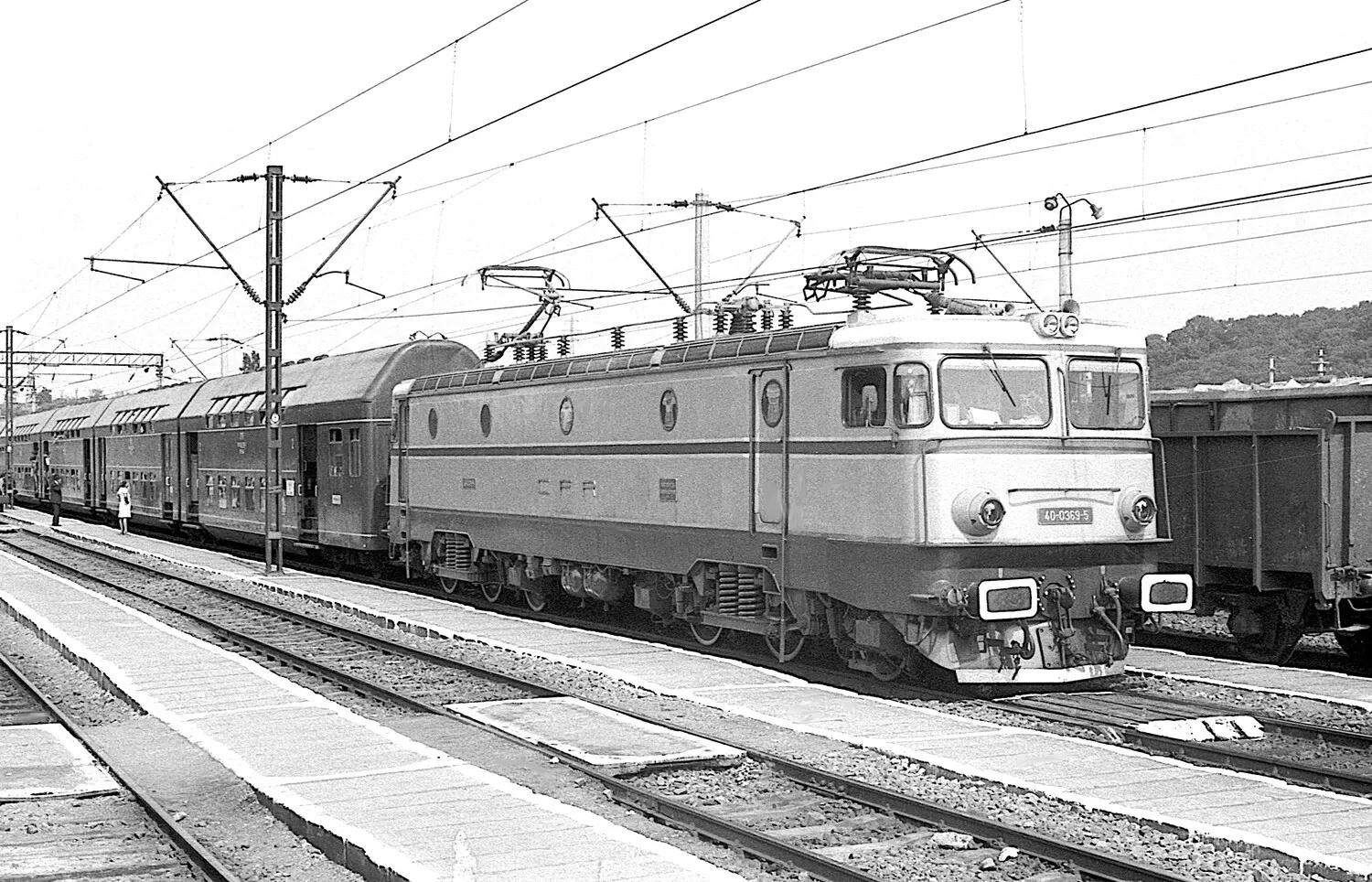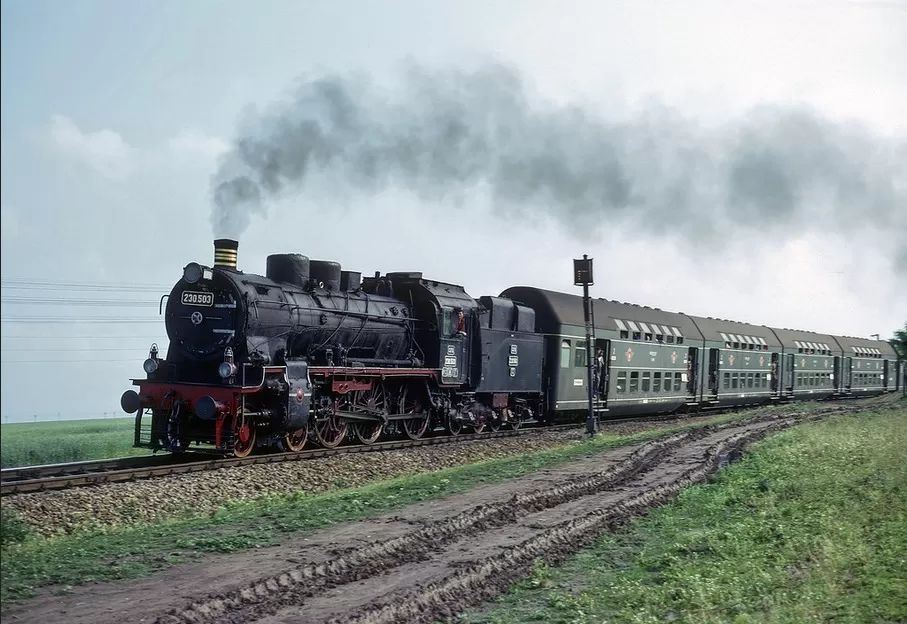
Source: David Moulden - facebook.com
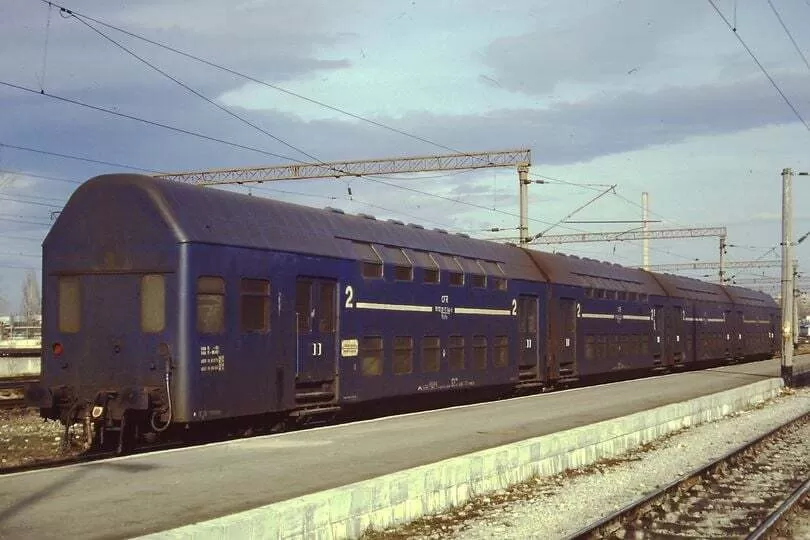
Source: Joachim Stender - facebook.com
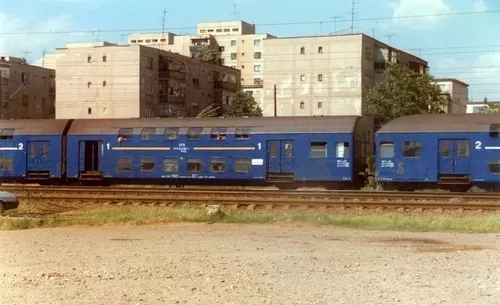
Source: Andreas Axmann - bahnbilder.de
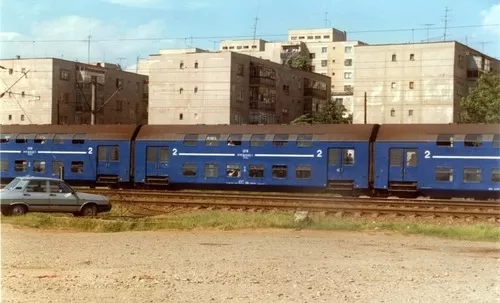
Source: Andreas Axmann - bahnbilder.de
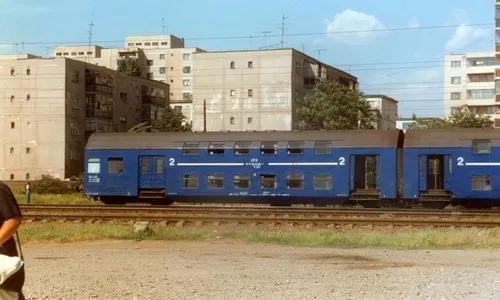
Source: Andreas Axmann - bahnbilder.de
1951
Big, and steadily growing, is the demand for labour, which cannot in all too many cases be recruited in the direct vicinity of the plant in question; many people thus being forced to cover relatively long distances between their home and their work.
Swift transportation of this non-resident labour to and from work has become a pressing matter of paramount importance, facing road and rail operators alike with the essential task of responding to the reasonable demand for comfortable travel in modern attractive cars.
As compared to other transportation services, the railways continue to lead the field in their unsurpassed ability to handle bulk movement of masses of passengers in safety and comfort with a comparatively high passenger capacity.
To meet traction requirements due to increasing traffic economy-minded railway experts of several countries began, decades ago, to give particular attention to the design and construction of double-deck type passenger cars.
During its early years, however, this development could not make much headway and only a comparatively small number of these special type vehicles have actually been built and put into service.
Realising the significance of this development as a potential approach to the solution of these transportation problems, the VEB Waggonbau Goerlitz take up production in 1951 of 4-car double-deck trains and subsequently of 2-car double-deck trains.
1962
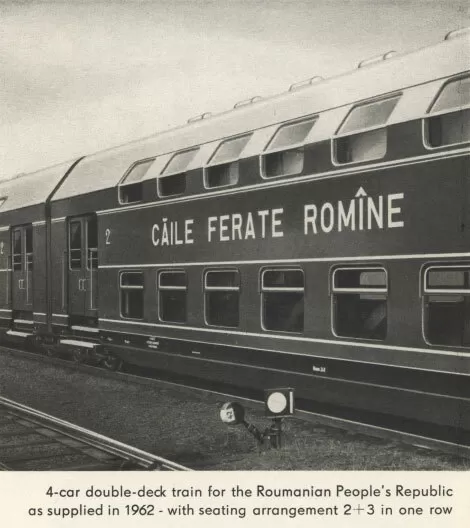
The first unit is delivered to the Romanian Railways by VEB Waggonbau Görlitz in 1962.
The unit is tested until 1968 when the decision is taken to order a series of coaches.
Sources: VEB Waggonbau Görlitz - Modern Double-Deck-Trains, https://forum.lokomotiv.ro/threads/verde-de-cfr-rama-te-1.10327/
2008
6x additional units are modernised the following years.
Do you have additional informations regarding this vehicle?
Help us writing the history of TE 16-17 / 26-17! Your knowledge is precious for us and the entire community, do not hesitate to share your facts, photos or videos:
Latest update on the 11th of March 2023 at 23:17
Contributor(s): Tudor C.
Discussion forum

